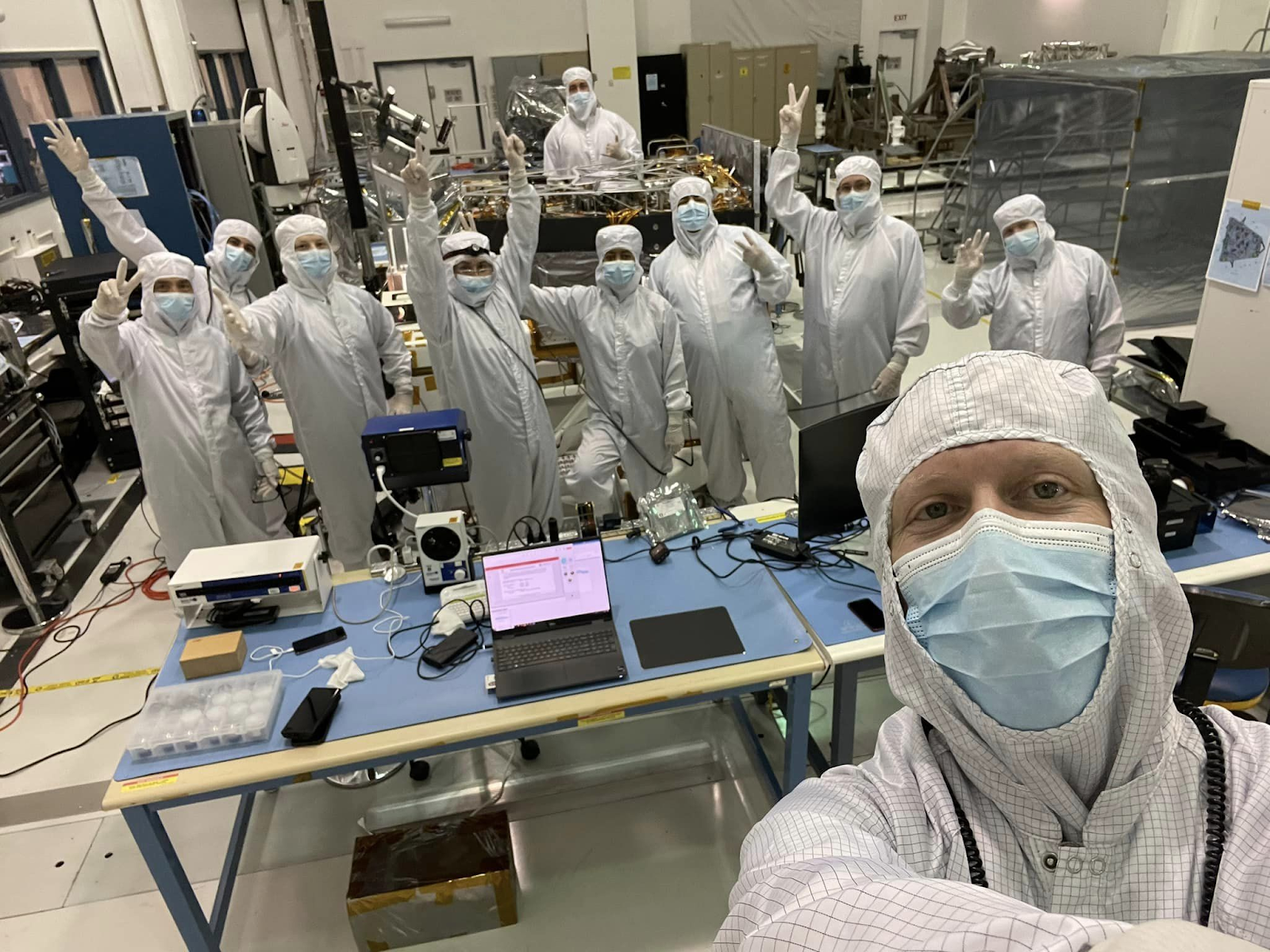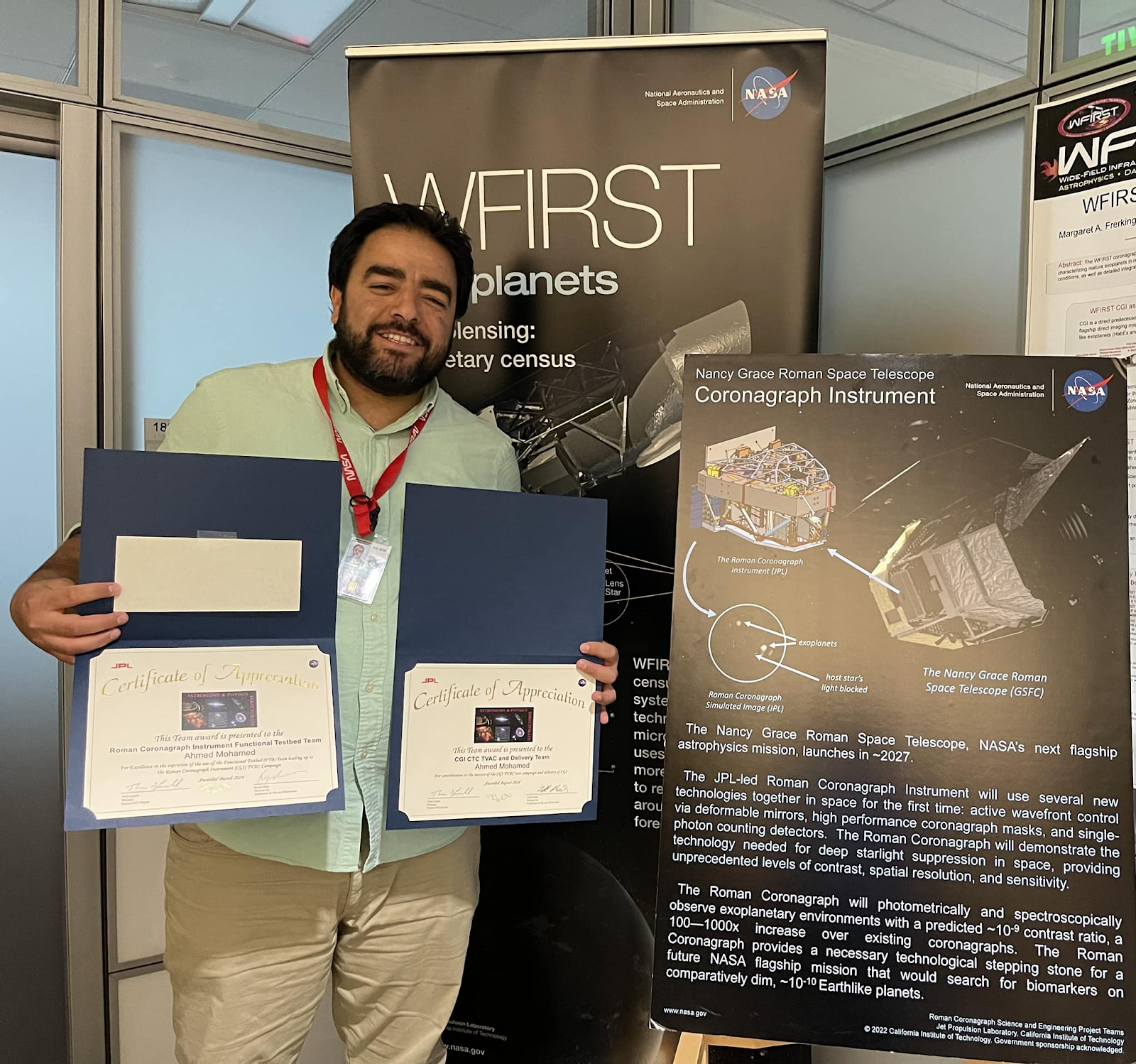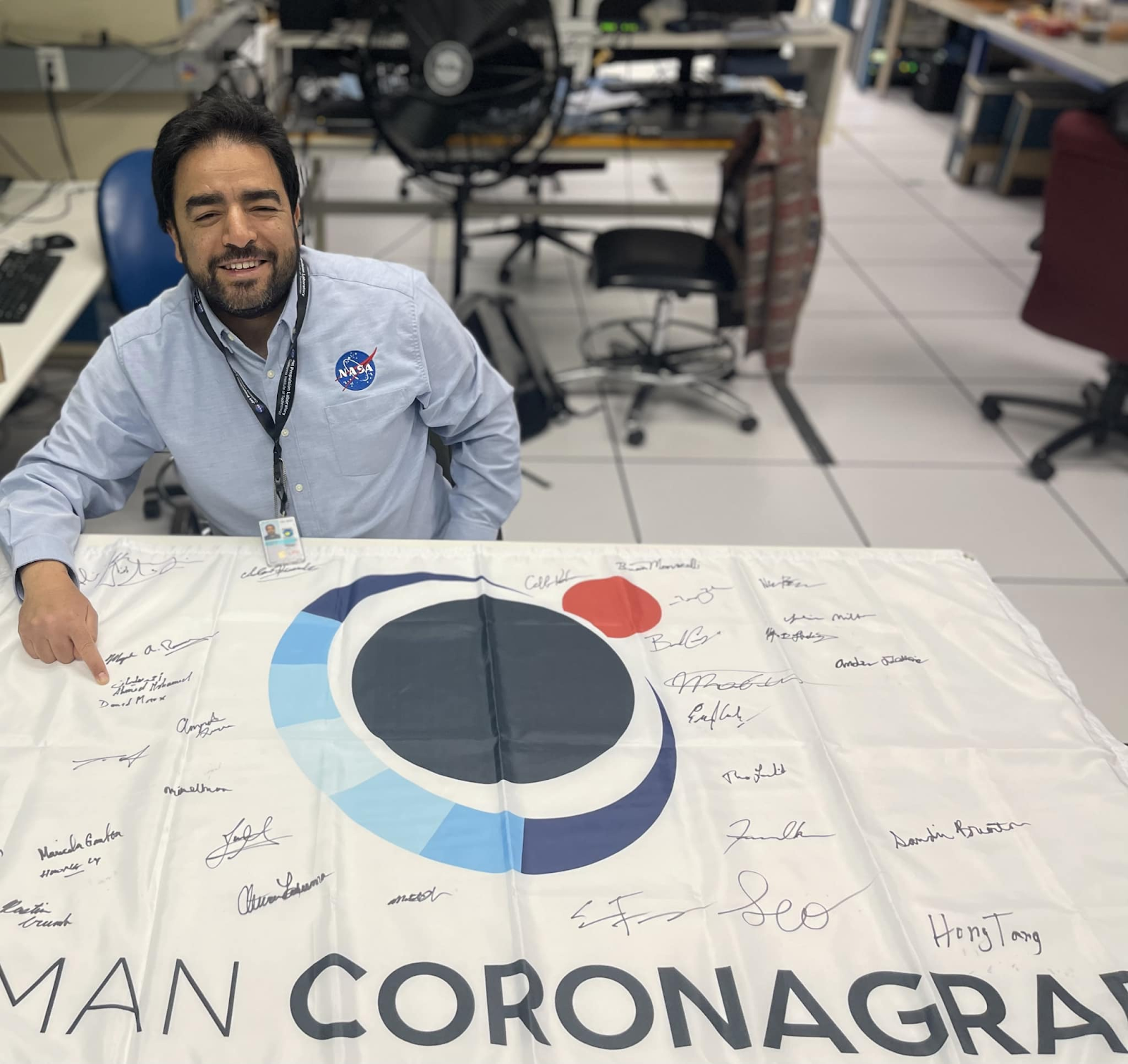Can we detect an Earth-like-Exoplanet orbiting a Sun-like-Star for signs of life?
We aim to explore the two most fundamental questions: “How did everything start?” and “Is there life beyond our own Earth?” We’ve talked about our ongoing and future efforts to address the first question in a previous article (Imaging The Beginning Of Time From The South Pole, The California Tech, April 11, 2023) where we discussed our South Pole research imaging the beginning of time. The second fundamental question will be the topic of this article. The search for life beyond Earth is a key priority for both the public and NASA. The observation of billions of galaxies in our universe has led us to ask: “Are we alone?” “Is there life out there?” “Perhaps there is an Earth-like exoplanet orbiting a sun-like star.” These habitable exoplanets typically orbit very close to their host stars, and are approximately 10^10 times fainter than the host star.
Various generations of technologies have been developed to discover exoplanets within the habitable zones of their stars. The direct imaging of the exoplanet’s reflected light is used to study the spectroscopy of their atmospheres and search for life. The current direct imaging efforts are limited to observing bright planets in the infrared region and relatively far from their host star. The detection of Earth-like exoplanets is very challenging because of the high host star-to-planet flux ratio which is beyond the sensitivity of current space instruments such as NIRCAM and MIRI on the JWST.
The Nancy Grace Roman Space Telescope (formerly WFIRST) is NASA’s next flagship mission—set to launch in 2027—and uses the Coronagraph Instrument (CGI) for providing high-contrast imaging and spectroscopy of the nearby exoplanets and circumstellar disks. The Roman coronagraph instrument was designed to allow the light from the closer orbiting exoplanet to pass through while effectively blocking the glare from host stars at unprecedented contrast levels of 10−7 or better over the visible wavelengths.
This resulting sensitivity enables the imaging of the reflected light from Jupiter-like planets, RV targets, and self-luminous planets, as well as the study of their atmospheric properties and formation systems. The CGI has been successfully tested at JPL and delivered to NASA’s Goddard Space Flight Center to be integrated into the Nancy Grace Roman Space Telescope. CGI will be the technology demonstration of the upcoming Habitable World Observatory (HWO).

CGI team standing in front of a truck at JPL, loaded with CGI Instrument for delivery to Goddard, May 2024. Right: Ahmed Soliman (Author of this article). Credit: JPL-NASA/Caltech (JPL-NASA post: (23) Post | LinkedIn)



Members of the CGI team at JPL are pictured in the cleanroom, with the Roman Coronagraph instrument in the background. The CGI team members signed off on the CGI flag before the instrument was delivered to Goddard and have been awarded group achievement honors for this milestone! For more information, please check out the publication on the NASA website (“NASA Tool Gets Ready to Image Faraway Planets”).
Could CGI detect Earth-like exoplanets for signs of life? Not yet. We still need an imaging contrast of at least 10^-10, which will be the key role of the upcoming NASA Habitable World Observatory (HWO). The successful demonstration of CGI technology will be an important step forward for HWO implementation. An alternative ongoing study involves using ground-based telescopes equipped with adaptive optics, alongside optical components in suborbital or orbital locations. This combination could provide exceptional contrast imaging, greatly enhancing the search for habitable worlds, such as in NASA’s NIAC-funded Habitable World for Earth-like Exoplanets project (HOEE), led by John Mather (NASA Goddard), and his team (Ahmed Soliman, Stuart Shaklan, et al.).
This will be a revolutionary concept that offers unique contrast imaging, unprecedented sensitivity, and exceptional angular resolution. Ground telescopes also have the advantage of being easier to be upgraded and repaired, and have a long lifetime, compared to space telescopes. Ahmed Soliman (NASA JPL and Caltech), Stuart Shaklan (NASA JPL), and John Mather (NASA Goddard) will be leading a Caltech KISS proposal study workshop about the Hybrid Ground-Space Observatories concept, focusing on combining ground telescopes and an orbiting starshade for the detection of Earth-like exoplanets.
The feasibility of such advancements has been enabled by the improvements of the Adaptive Optics (AO) to correct for atmospheric turbulence. We bring together technical and leading experts, including the 2019 Nobel Laureate in Exoplanet, Michel Mayor, and experts from Caltech, MIT, Stanford, Harvard, Europe, and industry. This study workshop will open the door for developing a comprehensive plan for providing the highest-performance exoplanet observations for any ground telescope, testing hundreds of Earth-like exoplanets for signs of life. Stay tuned for the upcoming KISS announcement!